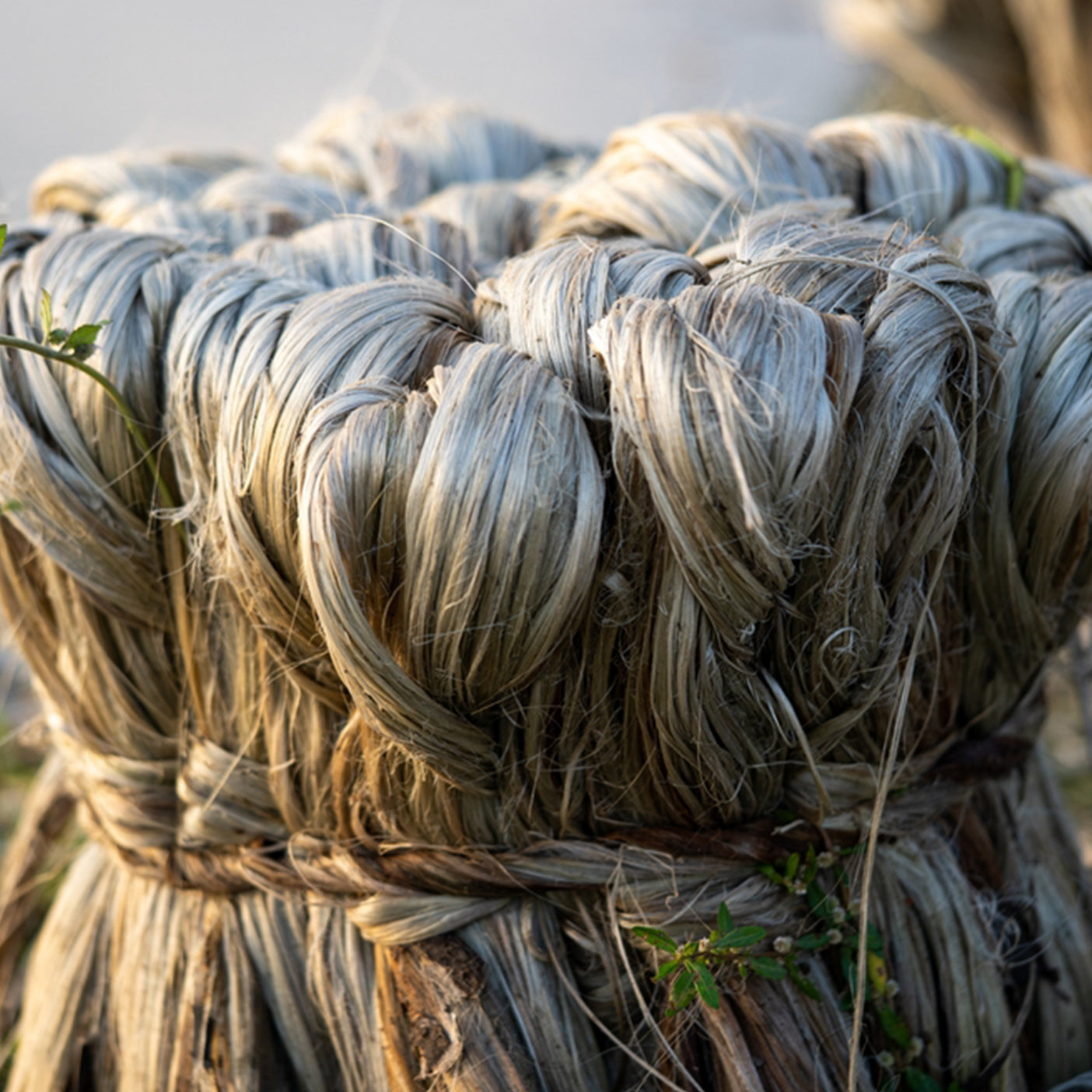Comforters are a great way to add an extra layer of warmth and coziness to your bed, whether it is Down Comforters or Synthetic Comforters. However, keeping them clean and well-maintained is essential for optimal comfort and hygiene. In this blog, we'll give you a few tips on properly cleaning your comforter so that it lasts for many years. We'll also discuss comforter care tips to keep your comforter looking and feeling its best. Let's get started!
Regarding bedding, comfort, coziness, breathability, and hygiene are essential. In addition, investing in high-quality pieces is necessary, but keeping your bedding clean is up to you. Comforters, being relatively bulky, can be more complex to clean than sheets, pillowcases, and duvet covers. Still, it's important to launder your comforter a few times a year to remove dust, dirt, body oils, and other refsidues. Here we will go over how to wash a comforter, dry it, and general care tips like when to replace it.
How to Wash Comforters?
Washing a comforter might seem like a daunting task, but with the right steps, it's easier than you think. Whether you use your comforter year-round or seasonally, keeping it clean is essential for maintaining freshness, extending its lifespan, and ensuring a healthy sleep environment. In this guide on how to wash comforters, we'll walk you through the process to help you care for your bedding properly—no matter the material or fill type.
Remove the Duvet Cover
- Removing the duvet cover before washing your comforter is crucial in keeping your bedding fresh and clean.
- This cover is designed to protect the comforter from dirt, dust, and body oils and helps to keep the comforter looking and feeling like new for longer.
- To remove the duvet cover, unbutton or unzip any fastenings, then carefully pull the cover off the comforter.
- Once the cover is removed, you can machine wash and dry it according to the care label directions.
- Once the cover is clean, it can be re-fastened around the comforter and put back on the bed.
 Choose the Right Washing Machine
Choose the Right Washing Machine
Before you start washing your comforter, it's essential to make sure you are using the appropriate washing machine. It would help if you had a machine that is large enough to accommodate the size of your comforter. If you have a smaller machine, it can cause the comforter to become bunched up and not get thoroughly cleaned. Additionally, if you are washing a down comforter, you must ensure a gentle cycle with a low spin speed. This will help to prevent the delicate down from becoming damaged.

Using a large-capacity laundry bag is a good idea if you have a top-loading washing machine. This will help protect the comforter from getting snagged on the agitator and becoming damaged. In addition, by taking the time to select a suitable washing machine, you can ensure that your comforter will be washed safely and effectively.
Choose the Right Detergent

When choosing a detergent to wash your comforter, it is essential to choose one specifically designed for the job. Look for a detergent that is marked as being safe for comforters and other delicate items. This detergent will be gentle enough to clean your comforter without damaging it. Also, add a fabric softener to help keep your comforter soft and smelling fresh. Stain remover may also be necessary if any stains must be taken care of.
Fabric softener is especially important for comforters made from natural fibers such as cotton and wool, as it will help to keep the fibers from becoming brittle and breaking down over time. Additionally, adding a fabric softener will help to reduce static and keep your comforter looking and feeling like new.
Set the Washing Machine
Before you begin washing your comforter, setting the washing machine to the appropriate settings is essential. Choose the gentle cycle, warm water, and a low spin speed. This will ensure that your comforter is washed without any damage. Next, select the appropriate size load, and if the comforter is huge, wash it in two loads. Add the proper amount of detergent and fabric softener to the machine, and then start the washing cycle. Ensure the water temperature is not too hot, as this can damage the comforter.

Allow the comforter to go through the entire cycle before taking it out. After the cycle is complete, please take out the comforter and hang it to dry. This will prevent the fabric from shrinking or becoming discolored. By following these steps, you can ensure that your comforter is properly and safely cleaned.
Put the Comforter in the Washing Machine
Before putting the comforter in the washing machine, it is best to check the care label to ensure it is safe to machine wash. If the comforter is huge, it may be necessary to place it in the washing machine in two halves or to wash it in a giant commercial machine. When loading the comforter into the washing machine, take care to evenly distribute the load evenly, ensuring that it is not overloaded and that it can move freely in the water. For extra oversized comforters, a large-capacity washer is recommended.

Similarly, it is vital to check the recommended settings for washing the comforter and to adjust the temperature and spin cycle accordingly. Finally, make sure to use the appropriate detergent for the comforter's material, as this will help keep it looking and feeling its best. These simple steps will help ensure that the comforter is washed safely and effectively.
Turn on the Washing Machine
First, to turn on the washing machine, ensure it is plugged in, and the power switch is in the "on" position. Put the desired amount of detergent in the washer, then place the comforter into the washing machine. Select a cycle for the comforter, such as "delicate" or "heavy-duty," depending on the size and fabric of the comforter. Next, press the "start" button to begin the washing cycle. The cycle can last from 30 minutes to an hour, depending on the size of the comforter. Finally, when the cycle is completed, add cold or warm water to the machine and re-wash the comforter in the same cycle for a more thorough washing process.

During the cycle, the washing machine will fill with water, agitate, rinse, and spin the comforter. When the cycle is finished, remove the comforter from the washing machine and hang it up to dry. After the comforter is dried, it should be good as new. The entire process can take several hours, including the rinse cycle. Finally, when the cycle is done, hang it out to dry or use your own washing machine to dry it.
Dry the Comforter
After running the washing machine:
Take your comforter out and place it in the dryer.
Set the dryer to the lowest heat setting to ensure the comforter does not shrink.
Run the dryer for a few cycles to ensure that the comforter is completely dry. If you are using a tumble dryer, add a few dryer balls or a couple of clean tennis balls to the dryer to help fluff the comforter while it is drying.
Wool dryer balls can also help fluff the comforter and reduce drying time.

This will help to maintain the comforter's shape and prevent it from clumping together while it is drying. Then, once the comforter is dry, you can take it out and enjoy its fluffy, clean comfort.
Check for Damage
Once the comforter is dry, it is essential to check for any damage or tears. After all, comforters can be expensive, and repairing any damage before storing them is better. Look closely at the comforter, checking around the edges and seams for any small tears or rips. If any are found, they should be repaired as soon as possible. This can be done by hand with a needle and thread or with a sewing machine.

Once all repairs are complete, the comforter is ready to be stored away until it is needed again. Taking the time to check for any damage and repair it can save the comforter from further damage and extend its life.
How to Wash Your Comforter by Hand?
- Refer to the care labels on the comforter for specific washing instructions.
- Fill a large container or bathtub with cold water and a mild detergent.
- Place the comforter in the water and gently agitate the fabric to remove dirt and debris.
- Drain the soapy water and rinse the comforter by filling the container with cold water and swishing the fabric around to remove the soap residue.
- Drain the water and press the comforter between two large towels to remove excess moisture.
- Hang the comforter outdoors in a shady, well-ventilated area.
- When the comforter is completely dry, shake it to fluff the fibers.
How to Remove Stain From the Comforter?
- Start by blotting the stain with a clean cloth, using cold water.
- Make a paste of baking soda and cold water and apply it to the stain.
- Let the paste sit for 30 minutes, then blot it with a clean cloth.
- If the stain is still present, mix a teaspoon of liquid dish soap solution and two cups of cold water.
- Dab the solution onto the stain with a clean cloth and let it sit for 10 minutes.
- Blot the stain with a clean cloth and cold water
- Repeat the process until the stain is gone.
- If the stain persists, you may need a commercial spot remover or take the comforter to a professional cleaner.
Tips for Proper Maintenance of Comforters

1. Wash your comforter regularly, following the care instructions on the label.
2. Store your comforter in a cool, dry place when not in use.
3. Use a duvet cover to protect the comforter from dirt and spills.
4. Use a warm, gentle cycle when washing your comforter.
5. Avoid using bleach detergents, as this can damage the fabric.
6. Have your comforter professionally cleaned at a dry cleaner every few years.
7. Be sure to also regularly vacuum your comforter to help reduce dust mites and any other allergens.
Down Comforter Care
To keep your down comforter in excellent condition, use a duvet cover to protect it from dirt and body oils, and shake it out regularly to maintain its loft and even distribution. Avoid frequent washing, as it can damage the delicate down fill—spot clean when necessary and air it out occasionally to keep it fresh. When it does need a deep clean, use a large-capacity front-loading washer on a gentle cycle with mild detergent, and dry it thoroughly with dryer balls to prevent clumping.
Conclusion
In conclusion, washing and caring for your comforter is essential to keeping it looking and feeling its best. Following the correct steps and using a suitable detergent ensures that your comforter is properly cleaned and cared for. Additionally, checking the comforter for damage and making necessary repairs can extend its life and keep it looking new for many years.
If you do not have the right washing machine at home, you can always take it to a local laundromat. Don't forget to consider dry cleaning as an option too. With the right care, your comforter will stay cozy and comfortable for years to come.
To make sure you have the perfect bedding set, don't forget to check out our selection of organic comforters!









Leave a comment